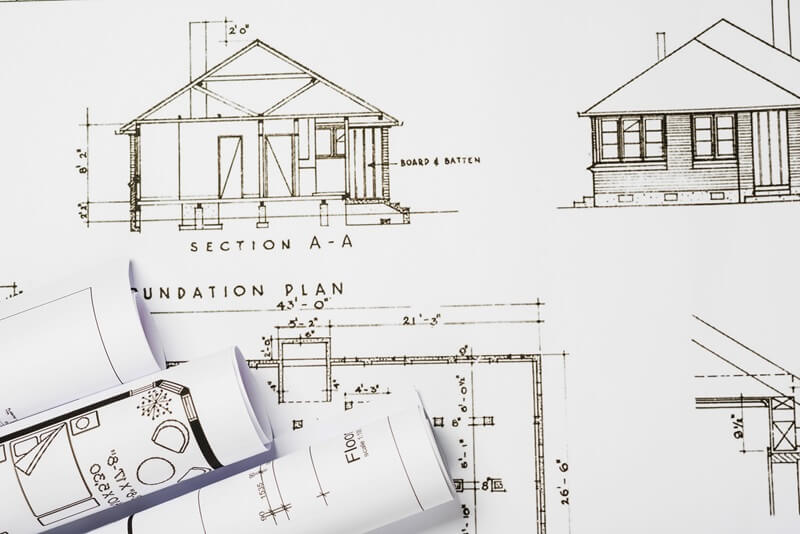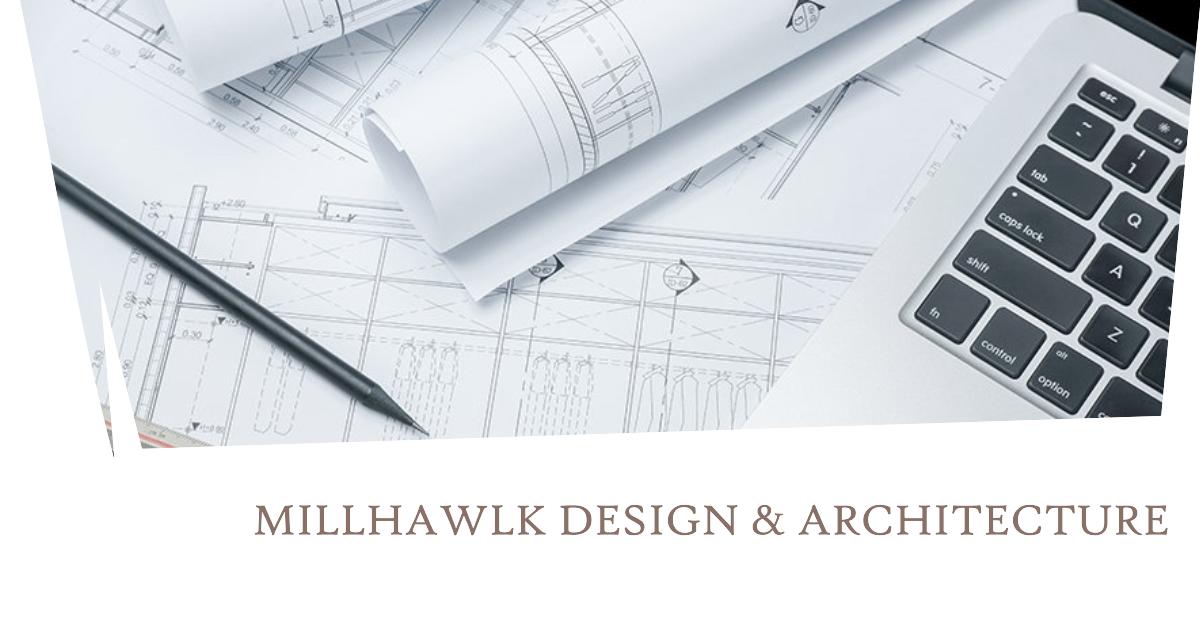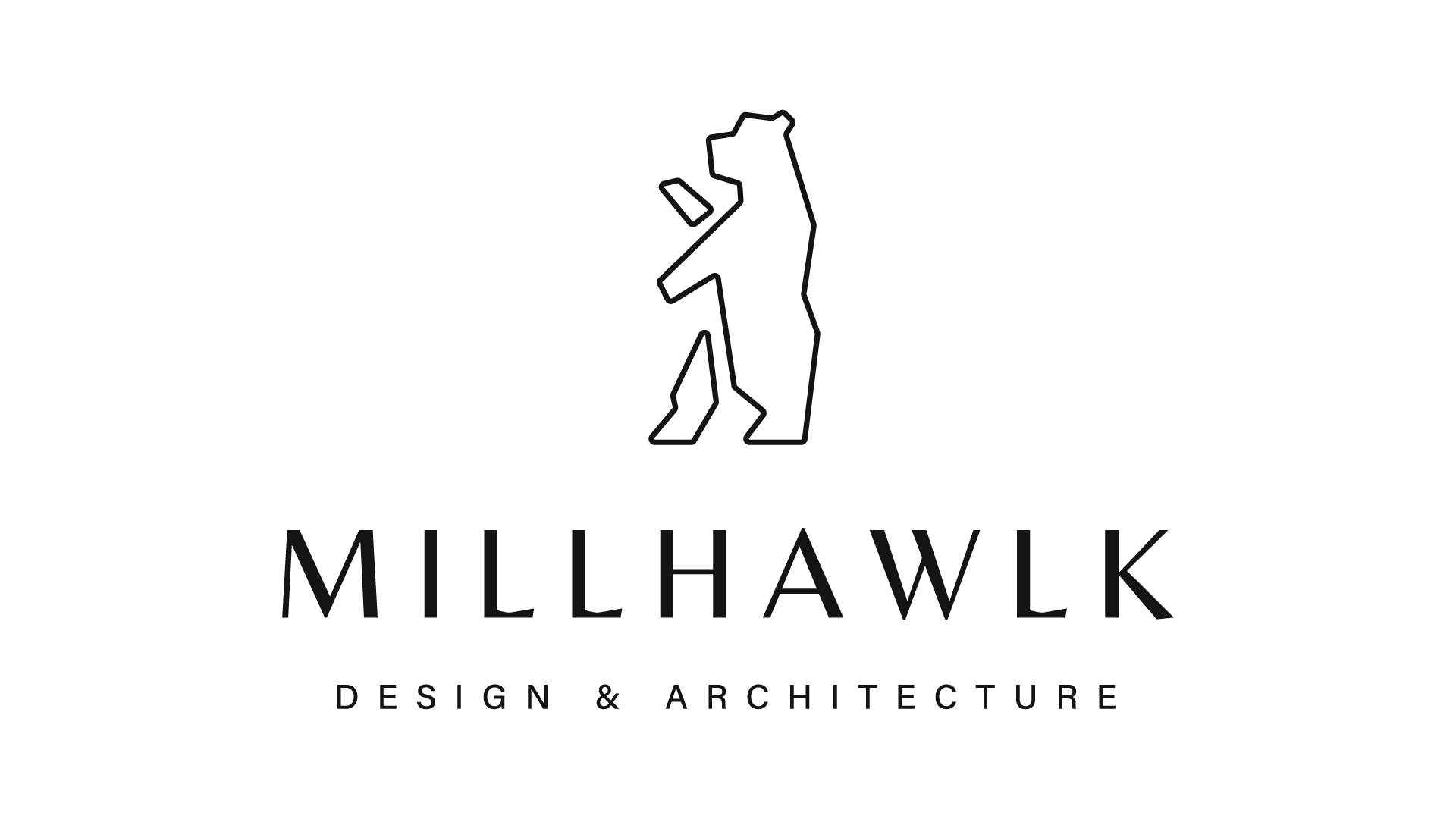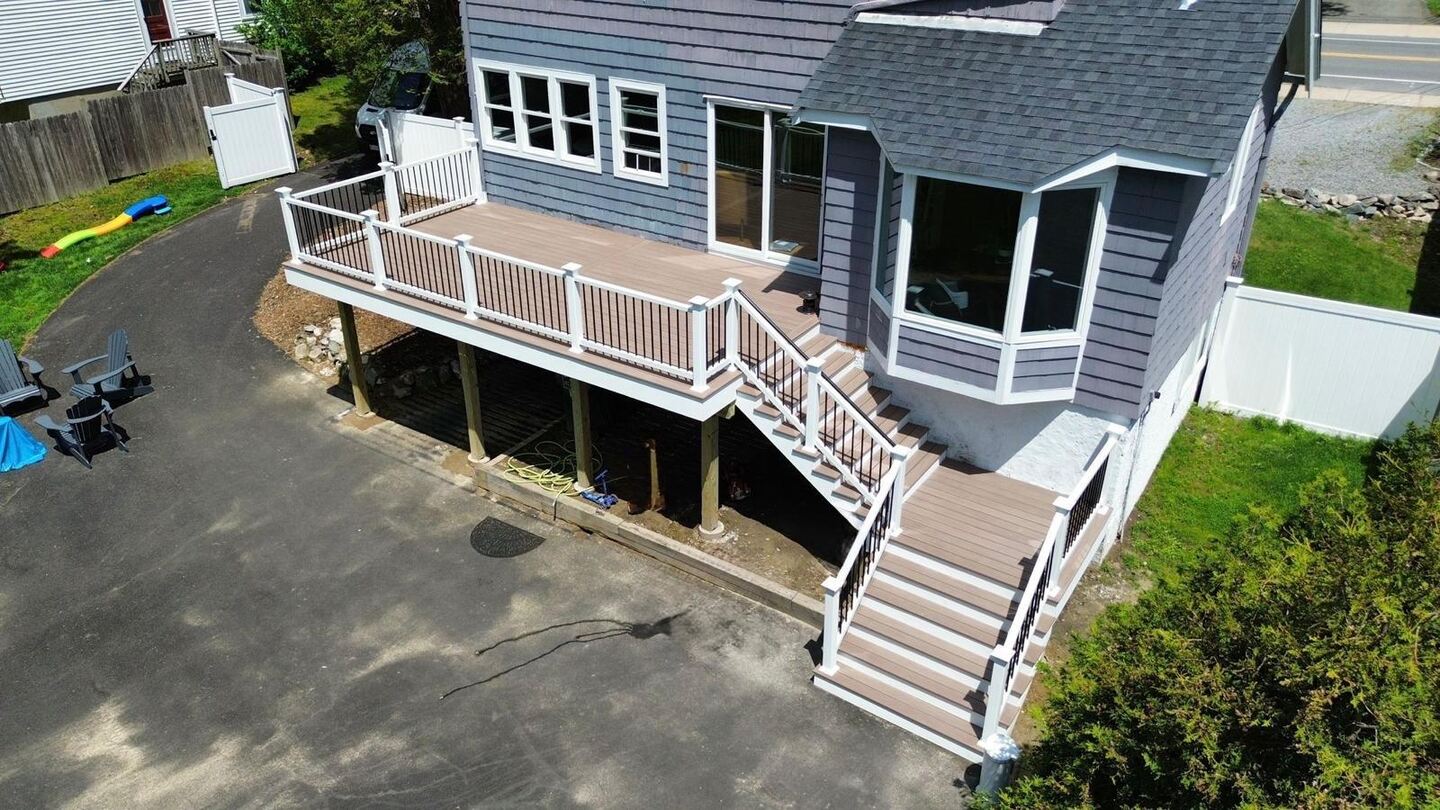An architectural drawing is a detailed plan or sketch that shows how a building or space will be designed and constructed. It includes important information about the structure’s layout, dimensions, and design features. These drawings serve as a guide for contractors, builders, and designers to bring the project to life.
Architectural drawings are used in both residential and commercial projects, from new home designs to office buildings, and are essential for making sure the design matches the client’s vision. They help ensure that the construction process is accurate and follows all necessary codes and regulations, making them a critical step in any building project.

The Importance of Architectural Drawing
Architectural drawings are crucial in any construction or design project. They provide a clear, visual representation of what the final structure will look like and how it will function. These drawings act as a bridge between the architect’s vision and the construction team, ensuring that everyone involved has a precise understanding of the design.
One of the main reasons architectural drawings are so important is that they detail the layout, dimensions, and materials needed for the project. Without them, it would be challenging to build anything accurately, which could lead to costly mistakes and delays. These drawings also help with planning approvals, ensuring that the design complies with local building codes and regulations.
For clients, architectural drawings offer a way to visualize the final product before construction begins, making it easier to suggest changes or request adjustments. This clear communication makes the entire process smoother and more efficient, saving time and money in the long run.
In short, architectural drawings are the blueprint for success in any building project.
Types of Architectural Drawings
There are several types of architectural drawings, each serving a specific purpose in the design and construction process. These include floor plans, elevations, sections, and details. Floor plans show the layout of a building, while elevations depict the exterior facades. Sections cut through the building to show interior details, and details provide close-up views of specific elements.
Architectural drawings come in several different types, each serving a unique purpose in the design and construction process. Here are a few key types:
- Floor Plans: These are the most common type of architectural drawings. They show the layout of spaces from a top-down view, including walls, doors, windows, and furniture placement. Floor plans help visualize how the space will be used and how rooms connect.
- Elevations: Elevation drawings show the exterior or interior view of a building, giving a flat, vertical view of each side. They help understand the height, appearance, and material finishes of the structure.
- Sections: Section drawings cut through the building to show a side view of the structure’s interior. This helps visualize how different levels and spaces within the building interact.
- Site Plans: These drawings focus on the overall property, showing how the building will sit within the landscape. They include features like parking, landscaping, and pathways.
Each type of architectural drawing provides specific details that guide construction and help clients understand the overall design. Together, they ensure the project is executed smoothly and according to plan.
The Process of Creating Architectural Drawings
The process of creating architectural drawings is a detailed and collaborative effort that begins with understanding the client’s needs and vision. Here’s a simplified breakdown:
- Initial Consultation: The architect meets with the client to discuss their goals, budget, and desired outcome. This stage is about gathering information and forming a clear vision of the project.
- Site Analysis: The architect evaluates the location, including dimensions, landscape, and any existing structures. This analysis helps in determining the best design solutions.
- Concept Design: After understanding the client’s needs and site details, the architect develops initial sketches or rough designs. These are basic drawings that outline the layout and structure, allowing the client to visualize the project.
- Detailed Design: Once the concept is approved, the architect creates more detailed drawings. These include floor plans, elevations, and sections that provide specific information on dimensions, materials, and finishes.
- Final Review: The completed architectural drawings are reviewed with the client for approval before moving on to construction.
This process ensures that the design is functional, visually appealing, and aligned with the client’s vision while meeting local building codes.
Tools and Techniques Used in Architectural Drawing
Architectural drawings rely on a mix of traditional and modern tools to bring designs to life. Historically, architects used simple tools like pencils, compasses, and rulers to draft their designs on paper. These tools allowed precise measurements and detailed sketches of building layouts and features.
Today, technology has transformed the process with the use of computer-aided design (CAD) software. Programs like AutoCAD and Revit help architects create highly detailed and accurate digital drawings. These tools allow for 3D modeling, making it easier to visualize a building’s design from multiple angles and make changes more efficiently.
Other techniques, like hand sketching, are still valuable for brainstorming ideas quickly, while 3D renderings and virtual reality (VR) are increasingly used to offer clients a more immersive experience of their future space.
These modern tools and techniques make architectural drawing more efficient and collaborative, ensuring that the design process is smoother and more flexible for both architects and clients.
The Role of Architectural Drawing in the Digital Age
With advancements in technology, architectural drawing has evolved from traditional hand-drawn sketches to digital renderings and virtual reality simulations. Architects can now create highly detailed and realistic drawings that provide a more immersive experience for clients and stakeholders. Digital drawings also allow for easier collaboration and communication among project team members.
Challenges in Architectural Drawing
Despite the benefits of digital technology, architectural drawing still presents challenges for architects and designers. Ensuring accuracy, consistency, and clarity in drawings can be time-consuming and labor-intensive. Additionally, coordinating drawings with other project documents and specifications requires careful attention to detail and communication.
The Future of Architectural Drawing
As technology continues to advance, the future of architectural drawing looks promising. Virtual reality, augmented reality, and artificial intelligence are revolutionizing the way architects create and present their designs. These tools offer new possibilities for visualization, collaboration, and innovation in the field of architecture, shaping the way buildings are designed and constructed in the years to come.
Conclusion
In conclusion, architectural drawings are essential for turning design ideas into reality. They provide detailed plans that guide each step of the construction process, ensuring that everything is accurately executed. Whether you’re working on a renovation or a new build, these drawings are key to a smooth and successful project.
At Millhawlk Design & Architecture, we specialize in creating high-quality architectural drawings tailored to your unique needs. If you’re looking for professional assistance with your project, feel free to contact us—we’d be happy to help!




